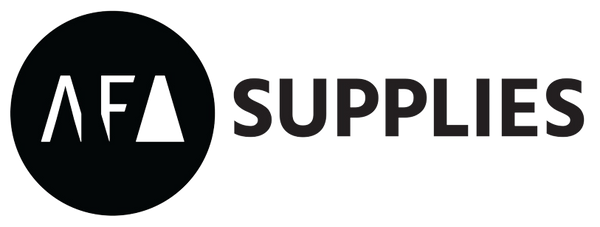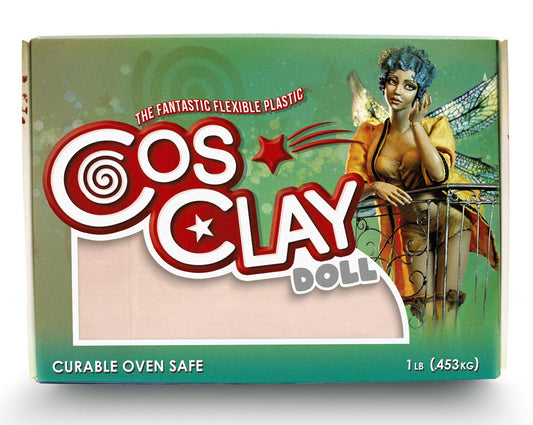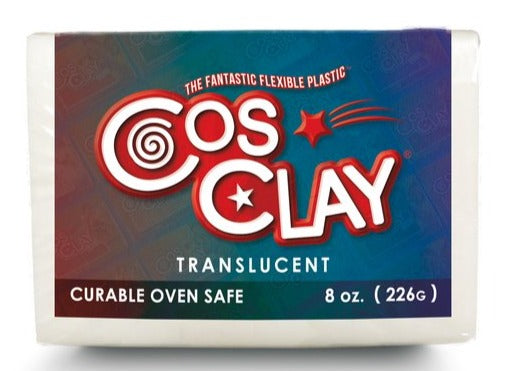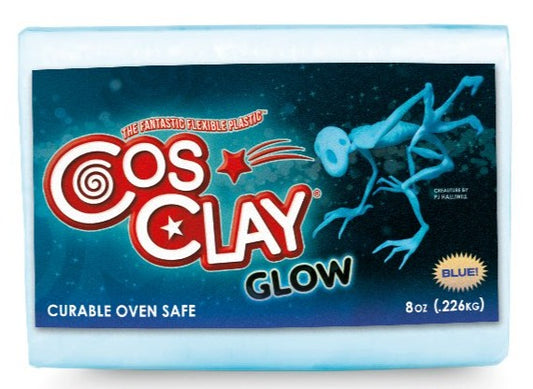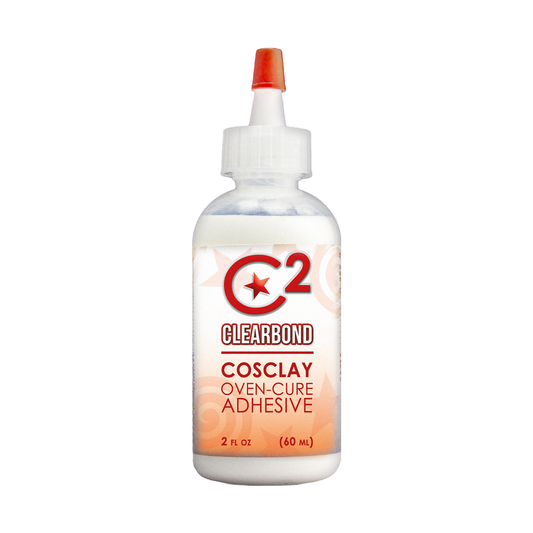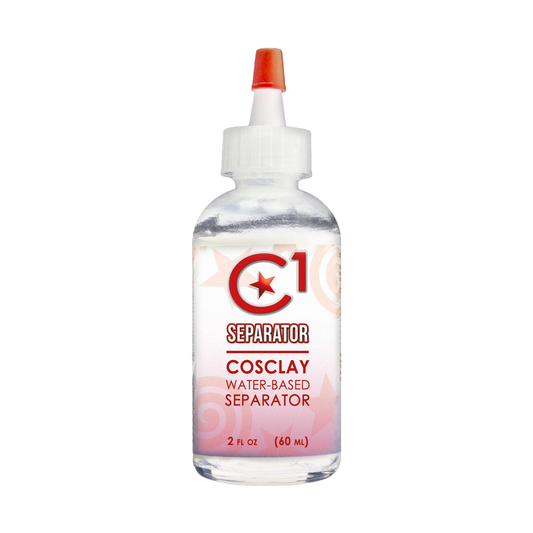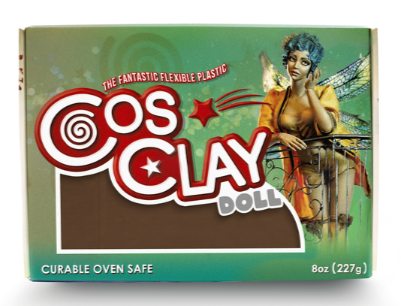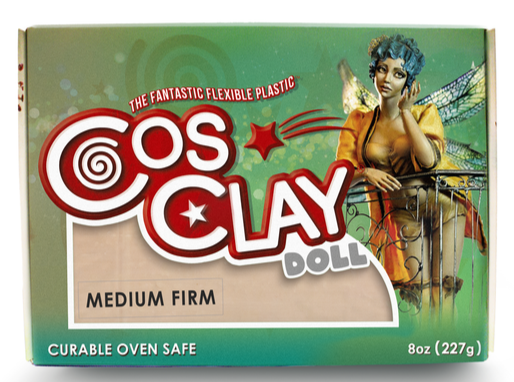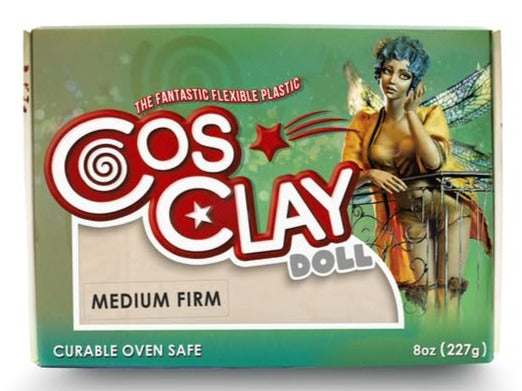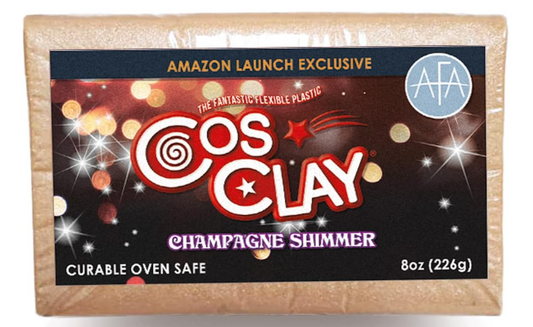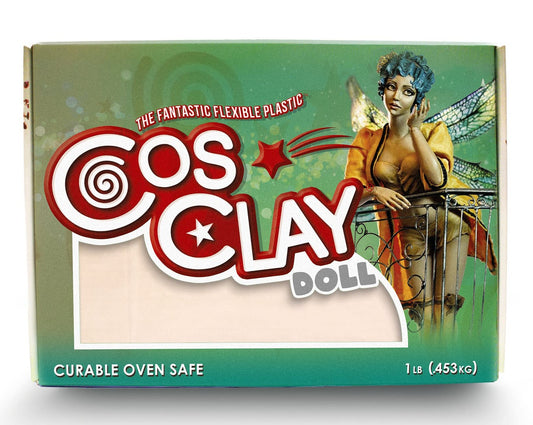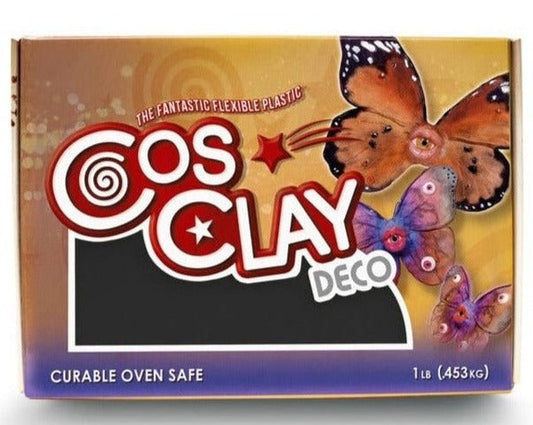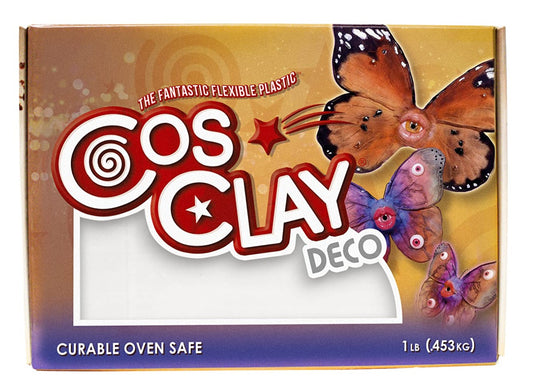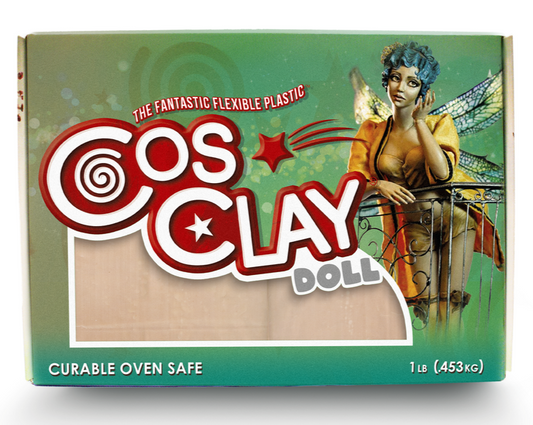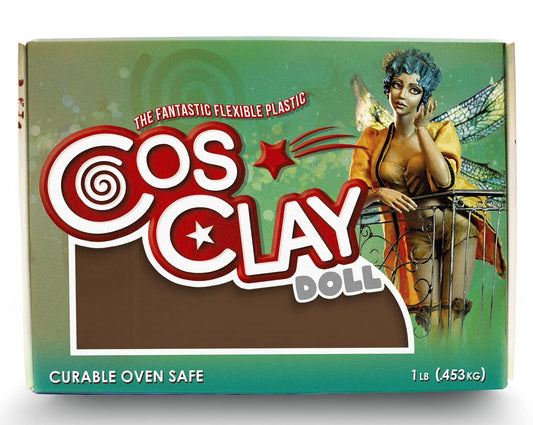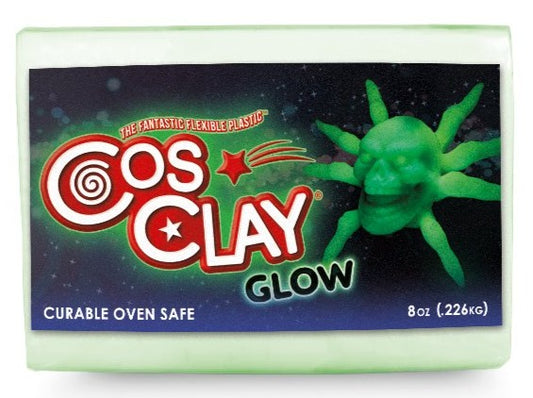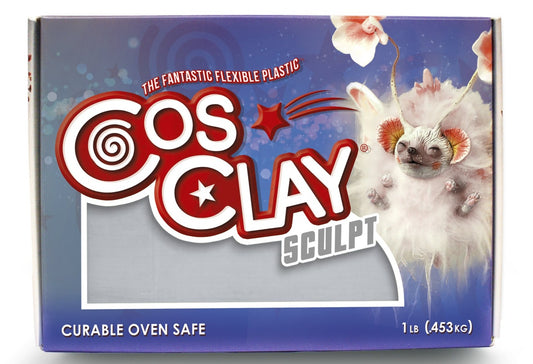vendor-unknown
Chavant CM-50 Hard Industrial Styling Clay - 40lb case
Chavant CM-50 Hard Industrial Styling Clay - 40lb case
Regular price
$242.99
Regular price
Sale price
$242.99
Unit price
per
Couldn't load pickup availability

Chavant’s CM-50 Industrial Hard Styling clay is used primarily by automotive, marine, aerospace, and consumer product designers.
Of the Hard Styling clays, CM-50 is the softest.
Sculptors use CM-50 for high detail artwork, where a firmer clay body is desired, or if they want to incorporate various, organic, smooth, curved shapes normally seen in transportation design into their sculpture.
Chavant’s CM-50 is a sulfurated clay that has excellent qualities of adhesion, cohesion, and consistency. It can be carved, extruded and slicked to an extremely smooth surface.
Chavant’s CM-50 is not the ideal choice for those studios with a desire to machine the clay because of its firmness at room temperature. It can, however, be milled successfully.
Though CM-50 is typically warmed to approximately 135 degrees F, it can be modeled or sculpted at room temperatures, and one can still work the surface and basic shapes of the clay. Note, however, that flexibility is reduced.
Handling Tips: Chavant’s CM-50 Hard Styling clay is typically warmed to its softening temp. (135F-150F) before it’s applied to armature. Take care not to burn the clay during warming.
Working Temperature: Room Temperature to 135F
Density: 90 lbs per cubic foot
Softening Point: 135F-150F
Cautions: All of Chavant’s clays have been approved by ACMI to be Non-Toxic and Non-Hazardous. Some clays, CM-50 included, contain sulfur, which can cause a burning sensation in the eyes of some users. Do note that while it’s not dangerous, it can be uncomfortable. Should any sulfurated clay, such as CM-50, become overheated, the sulfur will crystalize. The sulfur can then easily be identified by its small, sand like granules which can easily be seen after the clay has burned. These granules cannot be removed, and so clay that has been burned should be promptly discarded. If at all possible, do not overheat or burn the clay.
Wash with soap and water after use.
All clay products are available by the case.
Of the Hard Styling clays, CM-50 is the softest.
Sculptors use CM-50 for high detail artwork, where a firmer clay body is desired, or if they want to incorporate various, organic, smooth, curved shapes normally seen in transportation design into their sculpture.
Chavant’s CM-50 is a sulfurated clay that has excellent qualities of adhesion, cohesion, and consistency. It can be carved, extruded and slicked to an extremely smooth surface.
Chavant’s CM-50 is not the ideal choice for those studios with a desire to machine the clay because of its firmness at room temperature. It can, however, be milled successfully.
Though CM-50 is typically warmed to approximately 135 degrees F, it can be modeled or sculpted at room temperatures, and one can still work the surface and basic shapes of the clay. Note, however, that flexibility is reduced.
Handling Tips: Chavant’s CM-50 Hard Styling clay is typically warmed to its softening temp. (135F-150F) before it’s applied to armature. Take care not to burn the clay during warming.
Working Temperature: Room Temperature to 135F
Density: 90 lbs per cubic foot
Softening Point: 135F-150F
Cautions: All of Chavant’s clays have been approved by ACMI to be Non-Toxic and Non-Hazardous. Some clays, CM-50 included, contain sulfur, which can cause a burning sensation in the eyes of some users. Do note that while it’s not dangerous, it can be uncomfortable. Should any sulfurated clay, such as CM-50, become overheated, the sulfur will crystalize. The sulfur can then easily be identified by its small, sand like granules which can easily be seen after the clay has burned. These granules cannot be removed, and so clay that has been burned should be promptly discarded. If at all possible, do not overheat or burn the clay.
Wash with soap and water after use.
All clay products are available by the case.

